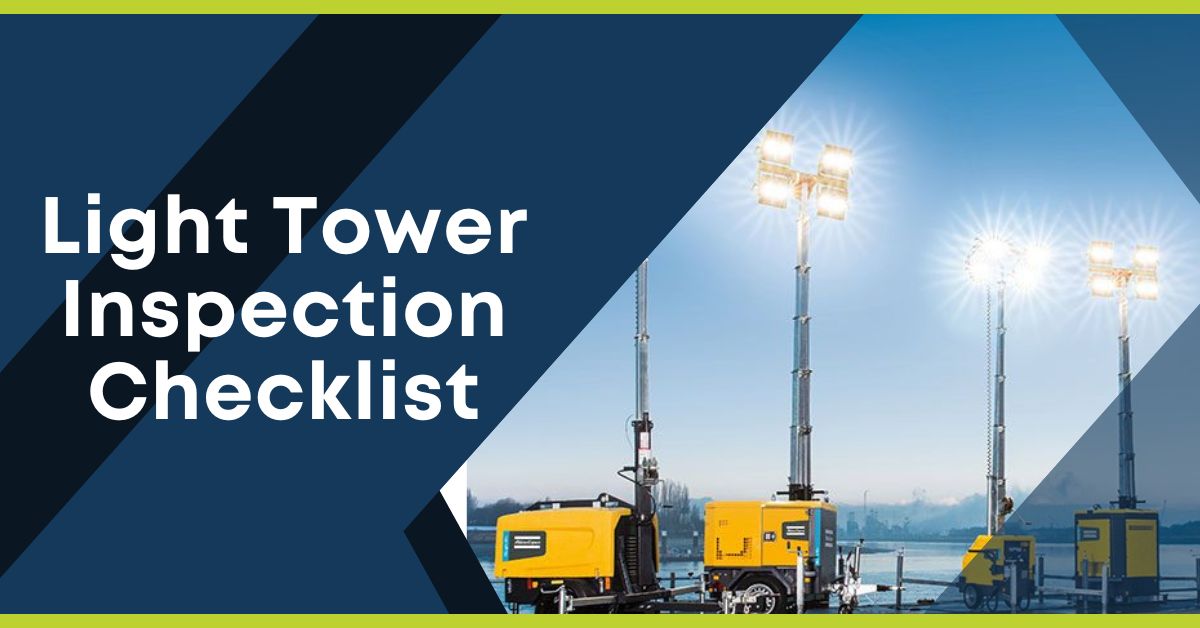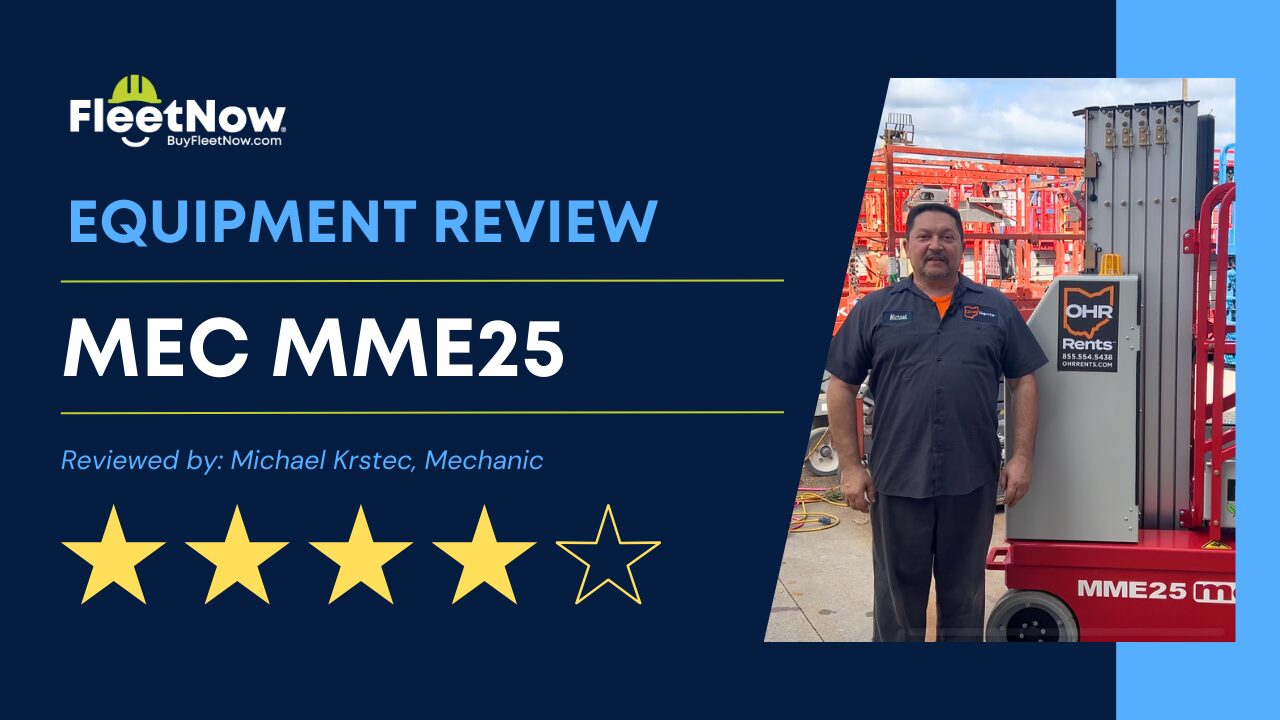What Can a Light Tower Be Used For?
Light towers are used for various purposes across different industries and applications:
Construction Sites: Light towers are commonly used on construction sites to provide illumination during nighttime work. They help workers to see clearly and carry out tasks safely and efficiently.
Outdoor Events: Light towers are often employed at outdoor events such as concerts, festivals, or sports games to provide adequate lighting for attendees, performers, and staff, especially in areas where natural light is insufficient or absent.
Emergency Response: During emergency situations such as natural disasters or accidents, light towers are deployed to illuminate disaster areas, accident scenes, or temporary shelters, aiding rescue and recovery efforts and enhancing safety for responders and survivors.
Roadwork and Maintenance: Light towers are used along roads and highways during nighttime roadwork, repairs, or maintenance activities to ensure visibility for workers and motorists, reducing the risk of accidents and improving traffic flow.
Industrial Facilities: In industrial settings such as factories, warehouses, or mining sites, light towers are utilized to illuminate work areas, storage yards, or loading docks, enabling operations to continue safely and efficiently around the clock.
Light Towers for Sale on BuyFleetNow.com
Allmand | Generac | Ingersoll Rand | Magnum | Wacker Neuson
How Long Will a Light Tower Run on a Tank of Fuel?
On average, a light tower can run for approximately 50 to 100 hours on a full tank of fuel, depending on factors such as the engine’s fuel efficiency, the power demands of the lighting system, and whether the engine operates at full or partial load. Light towers with more fuel-efficient engines and LED lighting systems may achieve longer runtimes on a single tank of fuel compared to those with less efficient engines and traditional lighting technologies like metal halide lamps.
Which is Better: LED or Metal Halide Light Tower?
When comparing LED and metal halide light towers, several factors come into play to determine which is better suited for a particular application. LED light towers are typically more energy-efficient and have a longer lifespan than metal halide options. They consume less power, resulting in lower energy costs over time, and their durability makes them resistant to shock and vibration in rugged environments. LED lights offer instant on/off capabilities, reaching full brightness immediately without a warm-up period, which can be advantageous in situations where quick lighting is necessary. Moreover, LEDs provide brighter and more uniform illumination with better color rendering properties. They are also environmentally friendly, containing no harmful substances like mercury found in metal halide lamps. While LED light towers may have a higher initial cost, their energy efficiency, longevity, and reduced maintenance needs often lead to cost savings over their lifespan. However, the choice between LED and metal halide light towers ultimately depends on specific project requirements, budget considerations, and preferences regarding factors such as brightness, color quality, and upfront investment.
What Should I Look for When Shopping for a Light Tower for Sale?
When shopping for a light tower, several key factors should guide your decision-making process.
Consider the lighting technology: LED or metal halide. LED light towers offer advantages such as energy efficiency, longer lifespan, and better brightness and color quality, although they may have a higher initial cost.
Assess the coverage area needed for illumination: Ensure the selected light tower can sufficiently cover it.
Fuel efficiency is another crucial aspect to consider, as a fuel-efficient engine can extend the runtime on a tank of fuel, reducing operational costs.
Portability and mobility features, such as towable trailers or built-in wheels, are important if you need to move the light tower frequently between job sites.
Durability and build quality are paramount for outdoor use, so opt for models constructed from high-quality materials with weatherproof components.
Prioritize ease of use and maintenance, safety features, warranty coverage, and overall value for your budget when making your final decision.
By carefully considering these factors, you can select a light tower that meets your specific requirements and provides reliable illumination for your applications.

What Are the Top Brands of Light Towers for Sale?
Several reputable brands manufacture light towers, each offering various models with different features and capabilities. Some of the top light tower brands known for their quality and reliability include:
Magnum: Magnum light towers, now under Generac Mobile, are trusted for their durability and reliability. These towers provide bright illumination for construction, events, and industrial use, offering fuel efficiency and easy maintenance. With a reputation for quality and innovation, Magnum light towers remain a top choice for professionals across different sectors.
Generac: Generac is another reputable brand in the field of industrial equipment, including light towers. Generac light towers are generally considered to be of high quality, offering features such as efficient lighting, sturdy construction, and ease of operation.
Wacker Neuson: Wacker Neuson offers a range of light towers designed for construction, events, and roadwork. Their light towers are known for their high-quality components, compact design, and user-friendly features.
Allmand: Allmand specializes in portable lighting solutions for construction, events, and industrial applications. Their light towers are praised for their durability, ease of use, and excellent lighting performance.
Ingersoll: Ingersoll Rand – often shortened to Ingersoll – is known for producing a variety of industrial equipment, including light towers. Their light towers are generally well-regarded for their quality, reliability, and performance.
How Many Hours Does a Light Tower Last?
The lifespan of a light tower varies depending on factors such as the type of lighting technology used and the conditions under which it operates. LED light towers typically have a longer lifespan compared to metal halide light towers. High-quality LEDs can last tens of thousands of hours, often ranging from 30,000 to 100,000 hours or more. This translates to several years of continuous use in many applications. In contrast, metal halide lamps generally have a shorter lifespan, typically lasting between 6,000 to 20,000 hours of operation. However, actual lifespan can be influenced by factors like environmental conditions, operating hours, and maintenance practices. Regular maintenance, including cleaning and replacing components as needed, can help maximize the longevity and performance of a light tower regardless of its lighting technology.
How Many Square Feet Does a Light Tower Cover?
On average, a standard light tower can illuminate an area ranging from 5,000 to 20,000 square feet. However, this coverage area can vary depending on the specific model of the light tower, the number and arrangement of lights, and the height at which the lights are mounted.
Recent Equipment News
MEC MME25 Review: Specs, Features & Industry Perspective
MEC MME25 Review: Specs, Features & Industry [...]
Help Name FleetNow’s New Rental Platform—Get a Free Shirt That’ll Turn Heads on the Jobsite
A new rental + inventory platform is coming–built by [...]
Construction Equipment Trends 2025: Inside Q1–Q2 Demand & What It Means for You
Table of Contents Top 10 Categories Q1 vs [...]













































